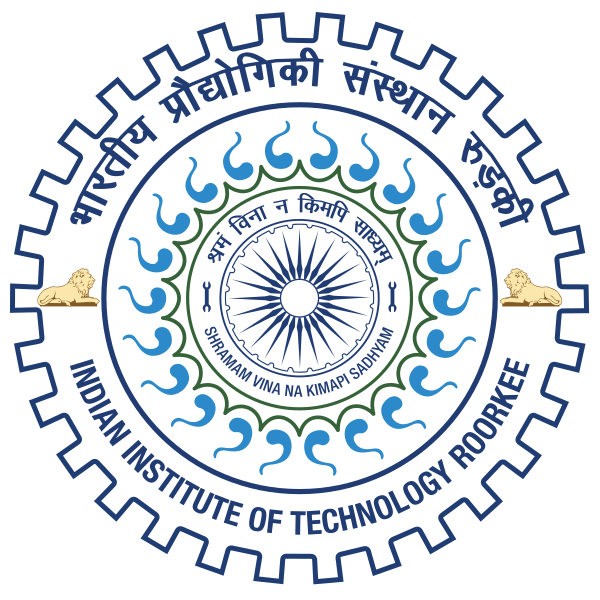Please use this identifier to cite or link to this item:
http://localhost:8081/jspui/handle/123456789/11380Full metadata record
| DC Field | Value | Language |
|---|---|---|
| dc.contributor.author | Baghel, Ved Prakash | - |
| dc.date.accessioned | 2014-11-26T09:53:11Z | - |
| dc.date.available | 2014-11-26T09:53:11Z | - |
| dc.date.issued | 2006 | - |
| dc.identifier | M.Tech | en_US |
| dc.identifier.uri | http://hdl.handle.net/123456789/11380 | - |
| dc.guide | Gupta, S. R. | - |
| dc.guide | Arora, Navneet | - |
| dc.description.abstract | Dissimilar metal joints between plates of mild steel and austenitic steel are widely used in various fields like nuclear power plant. Failure analysis carried out on dissimilar joints and literature survey have shown that a significant number, of failures have occurred in the heat affected zones of the dissimilar welded joints. Residual stresses present in the welded joint are one of the main factors which cause failures in dissimilar welded joints. In the present study, mild steel and austenitic stainless steel (AISI 304) were joined by gas tungsten arc weld (GTAW) process using an austenitic stainless steel (AISI 308) filler metal. A buttering layer of ER309 was laid on mild steel side to prevent carbon migration from mild steel to weld metal. Residual stresses were determined in the dissimilar welded joint using strain gauge hole drilling method. Investigation was carried out to ' assess residual stresses in different zones in welded coupons with different buttering layer thicknesses. Non-destructive testing was carried out to check the surface and sub-surface defects. Non-destructive tests performed were Dye penetrant test for surface defects and Ultrasonic testing for sub-surface defects. Tensile test, hardness measurement and micro hardness measurement at different zones were also performed to check the hardness, yield strength and ultimate tensile strength, % elongation. Micro hardness and hardness were measured at different zones of the specimens with different buttering layer thicknesses. Different zones were heat affected zones, base metals, fusion lines, weld center and buttering layer. Effect of buttering layer on micro hardness were studied. | en_US |
| dc.language.iso | en | en_US |
| dc.subject | MECHANICAL INDUSTRIAL ENGINEERING | en_US |
| dc.subject | RESIDUAL STRESS MEASUREMENT | en_US |
| dc.subject | QUALITATIVE EVALUATION | en_US |
| dc.subject | DISSIMILAR WELDS | en_US |
| dc.title | RESIDUAL STRESS MEASUREMENT AND QUALITATIVE EVALUATION OF DISSIMILAR WELDS | en_US |
| dc.type | M.Tech Dessertation | en_US |
| dc.accession.number | G12897 | en_US |
| Appears in Collections: | MASTERS' THESES (MIED) | |
Files in This Item:
| File | Description | Size | Format | |
|---|---|---|---|---|
| MIEDG12897.pdf | 2.85 MB | Adobe PDF | View/Open |
Items in DSpace are protected by copyright, with all rights reserved, unless otherwise indicated.

